LED lamp
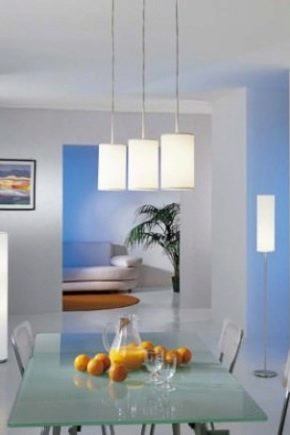
A couple of years ago, only a few risked using LED lamps. Little was known about their characteristics, and their cost was infinitely high. But with the development of technology, the functionality of such lamps became more and more extensive, the price tag fell, which led to the fact that today LED lamps are the most purchased type of LED models.
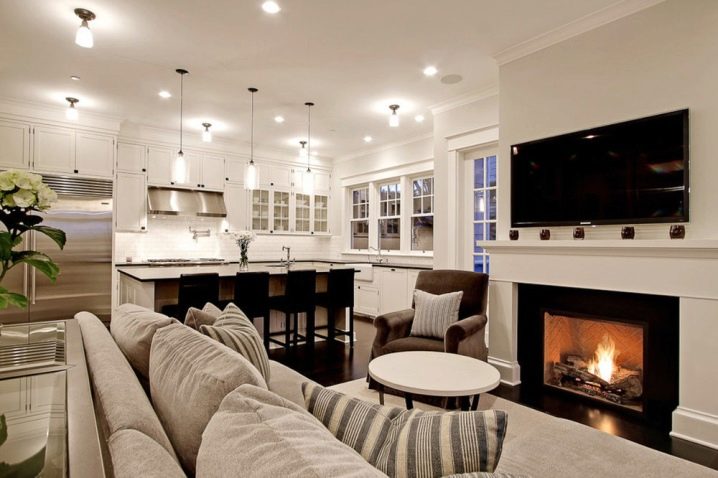
Specifications
What characteristics are especially important?
Power
The wattage of LED lamps is expressed in watts in the same way as incandescent and fluorescent lamps. However, even energy-saving or luminescent models are inferior to LEDs in terms of energy saving and luminous flux brightness. To make it easier to understand the ratio of the power of incandescent and LED lamps, and in the future to facilitate the choice of the number and power of purchased lamps, we present a comparison table with incandescent lamps.
|
Incandescent lamps |
LED (light-emitting diode) |
|
20W |
2-3W |
|
40W |
4-5W |
|
60W |
6-10W |
|
75W |
10-12W |
|
100W |
12-15W |
|
150W |
18-20W |
|
200W |
25-30W |
Energy consumption on average is reduced by 10 times with LED backlighting of the room, while the brightness of the luminous flux remains unchanged, besides, LED lighting has a much longer service life, which will save not only on electricity, but also on lamp replacement.

Hazard Class
Another advantage is also in favor of LED lighting: they are manufactured using the latest technologies, the output is a product that does not contain any poisonous gases in itself, mercury and heavy metals hazardous to human health. Depending on the type of LEDs used in production, such lamps are assigned a 4 or 5 hazard class, which nevertheless requires special disposal methods.
Colour temperature
- The light emitted by an LED luminaire can have completely different colors. If, for example, a red backlight is needed, then no other light bulb can cope with this requirement better than LEDs. In addition, two-color illumination is possible, as well as three-color, and even more color combinations are possible.
- In addition, there are color-changing LEDs. This option is a real boon for young people who like to hold holiday discos at home. So, at normal time, LEDs are a standard fluorescent lamp, and during a holiday, they are colored lights that can add a special color to the room.
- Regular white and yellow light also have their own color, as they give off a warm and cold color degree. A warm hue is as close as possible to that produced by a conventional standard incandescent lamp, while a cold one provides the space with more light and works to expand the space due to the large percentage of whiteness emitted by a lamp of this color temperature.
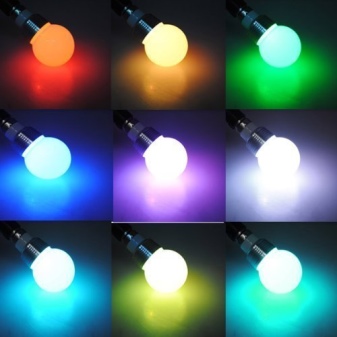
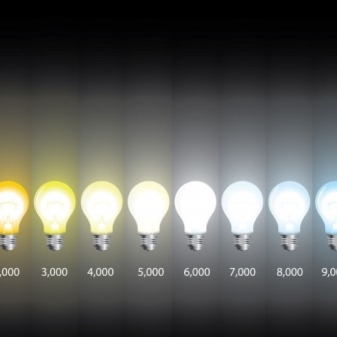
Plinth
- The choice of the base is determined by the type of luminaire in which the lamp will be used. A standard E type base of various sizes is distinguished, all incandescent lamps have such a base, which means that most luminaires are still equipped with exactly the type of holder that the standard E-base fits.Sizes are as follows: E 14 - the smallest base in diameter, its base is 14 mm, the base is 27 mm or standard, respectively, marked as E27. The largest plinth with a base of 40 mm is used in industry, for installation in street lamps or for lighting large rooms. This type of base is marked with E40.
- LEDs on the G and GU base come to replace the halogen lamps. They can also be of several sizes, depending on where they will be placed. The most commonly used are G4, with a distance between contacts - 4 mm, GU 5.3, with a distance of 5.3 mm and GU10, with a distance of 10 mm, respectively.
- In addition, G and GU caps are used in tubular lamps, a special swivel base is most often used here. Most often, the size of such a base is G13. To integrate the luminaire into furniture, for example, in a cabinet above the sink in a bathroom, a GX53 base / plinth is used. In this base, the distance between the contacts is 53 mm.
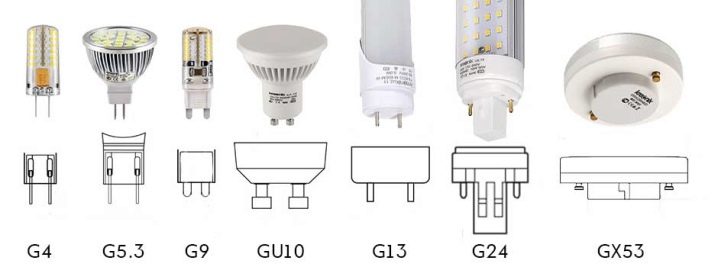
Scattering angle
- Depending on the number and angle of the LEDs inside the light bulb, you can achieve completely different light scattering angle. One LED acts as a strictly straight beam, the refraction of which does not occur, therefore, precisely due to the different inclination of the location, the manufacturer presents various product lines with a varied angle of refraction from 30 to 360 degrees.
- The choice of the lighting angle will depend primarily on the location of the lighting point and the size of the room that is planned to be illuminated using lamps. So, if you need to choose a scattering angle for a fairly spacious room, it is better to focus your attention on options with a scattering angle of more than 90 degrees. To illuminate a small area, it is better to pay attention to a less wide angle of dispersion of the light beam.
The angle of diffusion of 360 is best for installation in decorative lamps that have various shaped slots, this will create an interesting effect on the wall when using the luminaire.
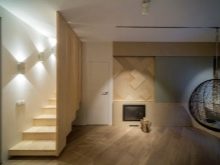
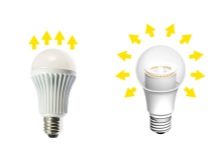
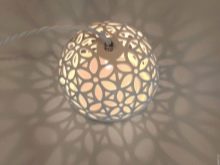
Color rendering index
Color rendering index is the distortion of visual perception of color rendering when an object is illuminated by a lamp.
Color perception may differ when illuminated with lamps with different color temperatures, and also vary depending on the color rendering index. The higher this index, the better the perception of colors and shades.
- The color rendering parameter is responsible for the quality of light and lies in the range from 0 to 100 Ra. In this case, Ra is a unit of measurement of the color rendering index. Depending on the index, the most suitable options are selected for premises for various purposes. For example, for rooms where maximum color rendering is required, where every detail is important, a lamp with an index of 90-100 Ra is used. This type of premises includes an art salon, a fabric and accessories store, a laboratory.
- In a residential area, an index of 70 -90 Ra is sufficient for a comfortable life. Anything below 70 is used most often in warehouses, bars and other darkened areas. To choose the right LEDs for the required index, you need to pay attention to the markings that the manufacturer leaves on the box. The best color rendering from 90 Ra is provided by lamps marked 1A, from 80 to 90 - 1V. Average indices show models labeled 2A and 2B, below average 3 and 4.
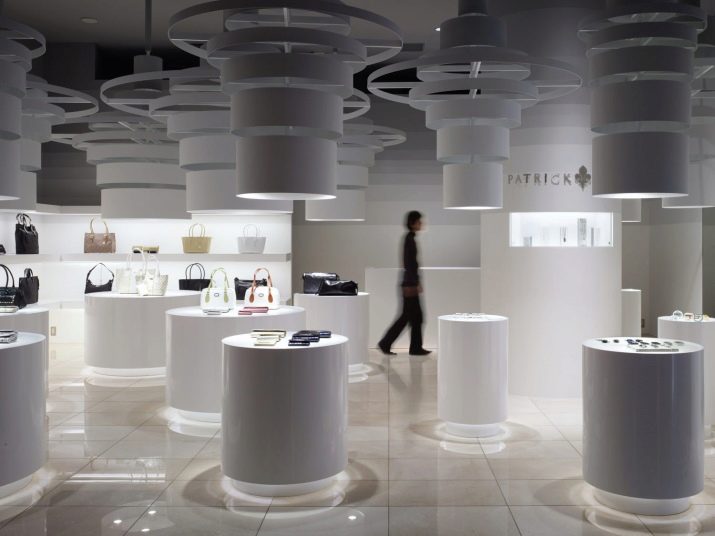
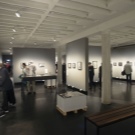
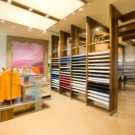
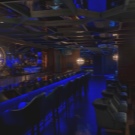

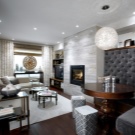
Principle of operation
The light source in an LED lamp is a light-emitting diode, the brightness will depend on the number of diodes, and the scattering angle will depend on the angle of inclination.
The work is based on the phenomenon of emission of light, which occurs at the point of contact of dissimilar substances, while an electric current passes through them. At the same time, the materials used are not themselves conductors of electric current, which creates the greatest interest in this phenomenon.They can pass current only in one direction and then, provided they are connected. For this, in one of the materials, the content of ions must prevail, and in the other, electrons. The process of passing current in these materials, among other things, is accompanied by a significant release of thermal energy, and in some cases also glow. It is semiconductors that can emit a glow when passing current, and are the LEDs that underlie the LED lamp.
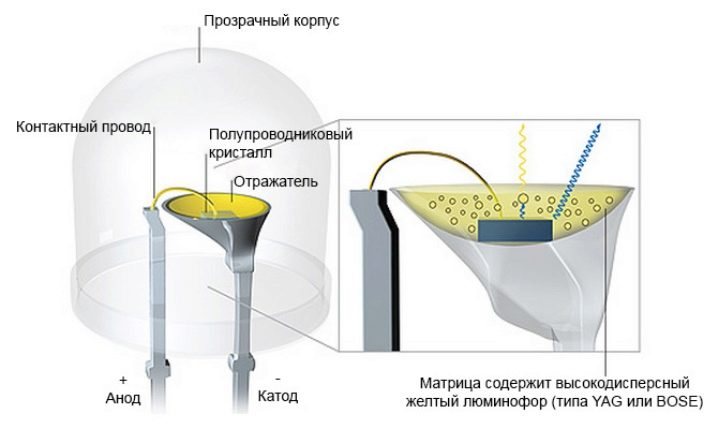
Advantages and disadvantages
In comparison with conventional incandescent lamps, LED lamps have a number of tangible advantages, among them the following can be noted:
- Electricity consumption is 8-10 times less, than the traditional model.
- Voltage drops, so common in average apartments are not a problem for LEDs. They retain the intensity of the glow, and since they are immune to such changes, they do not burn out during power surges.
- Heating temperature, as well as special radiators that regulate heating, do not allow the lamp to heat up so as to damage the cartridge or damage the floor lamp. In addition, the included light when using this type of lamp does not change the temperature of the room that illuminates.
- Another significant advantage is the durability of these lighting elements. So, the manufacturer promises an average of 25-50 thousand hours of continuous work, translating this into years, you can count on about 10-15 years of uninterrupted work.

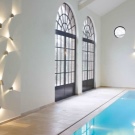


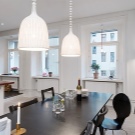
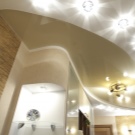
Like any other item, this lighting element has its drawbacks:
- High enough cost however, with the existing advantages, you can close your eyes to this disadvantage, because the full payback will happen quickly enough.
- The most important disadvantage today is the huge number of substandard counterfeit goods on the market. These models can cause electrical overloads and fires. Moreover, low-quality models are simply dangerous to health. The reason for this is the inhomogeneous spectrum of LEDs, as well as flickering, which adversely affects human vision.
- Separately, we can note the fact that LEDs cannot be used in rooms with high temperatures, in this case, their service life is significantly reduced.
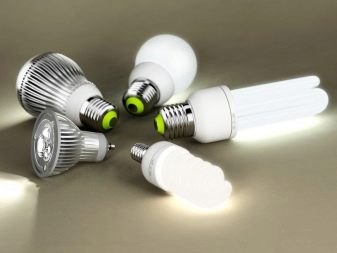
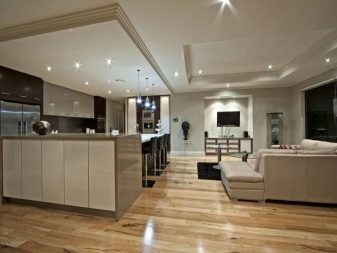
Views
There are several classifications of LED lamps, the division is based on the most important criteria. The following groups of classifications are distinguished:
- By appointment.
- By luminous flux and type of construction.
- By the type of LED used.
- By the type of base.


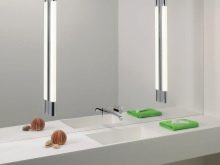
So, depending on the place where this light element is used, the following types are distinguished:
- For home and office. Most often, such options are used as an alternative to traditional lighting, be it incandescent or fluorescent lamps. Used to save energy. There are also colored models for home use, they are designed to perform decorative functions. Some models come with a remote control with which you can change the color.
- Street. This type is used to illuminate roads, buildings. A distinctive feature of this type is the presence of special additional protection against dust and moisture.
- Searchlights. One of the newest types of LEDs. This also includes the ring lamp. It is as convenient as possible for photo and video filming.
- Automotive LEDs. This type is used in cars as interior lighting, headlights and other functional elements.
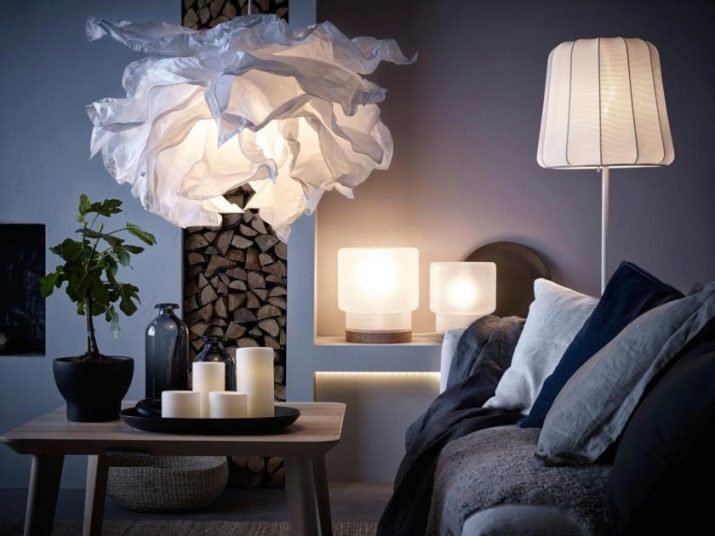
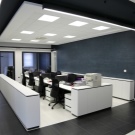
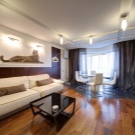
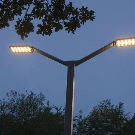
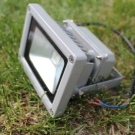

By luminous flux and design:
- General purpose lamps, switch room. This type is structurally close to the usual classical form of an incandescent light bulb. The light in lamps of this type is sufficiently diffused and of high quality for use in office and residential premises.
- Directional light. This type is used in spotlights, spotlights, used to highlight individual elements.
- Linear. Or double-ended tube-shaped LED lamps. This type is most widespread in office buildings and various laboratories.
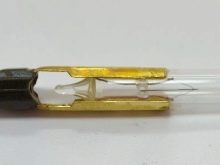
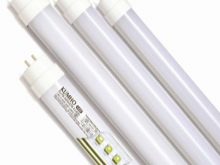
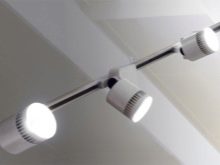
Classification by the type of LEDs used:
- Indicator LEDs. One of the first developments in the range of LED lamps. Sales of this type are decreasing every day, because they are models with flicker, which is the most dangerous to human health.
- SMD diode. One of the highest quality and simplest options. The scope of application is as wide as possible.
- Lamps with powerful diodes. Their use is rather limited due to the high heating of the case.
- Chip or COB diode. An evolving type that provides the highest quality lighting. Heating of the structure is rather slow, and the shape of the final product can be as varied as possible. Explosion-proof models, which are actively advertised by the manufacturer today, are based on the COB diode.
- Filamentous diodes or filaments. This type provides even illumination with a scattering angle of 360 degrees.
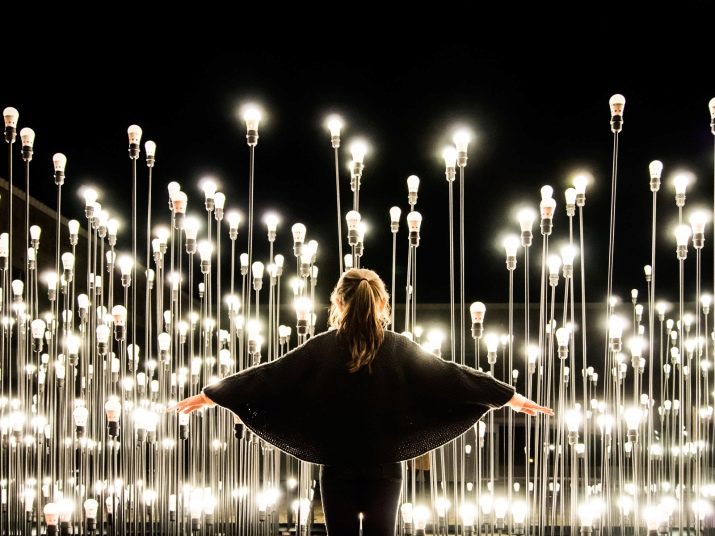
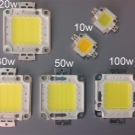
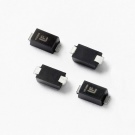


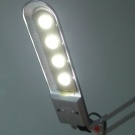
By type of base:
All existing plinths are divided into 2 main groups: low-voltage and high-voltage.
Among the low-voltage, type G caps are mainly present. This is a pin connection with a cartridge. This type of base cannot be directly connected to an outlet and requires a special adapter. High-voltage ones include standard E type or Edison sockets. Standard threaded base to fit almost any luminaire.
Separately, it is worth noting a special group - a rechargeable lamp. In this case, the LEDs are charged from the mains and operate in an autonomous mode as a backup power source.
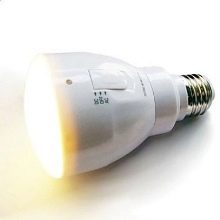
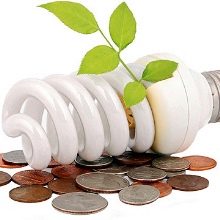
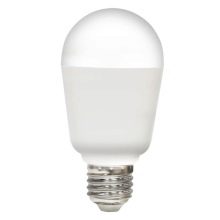
Sizes and shapes
Today there is a huge variety of different shapes of LED lamps; for the convenience of the consumer, modern models have special markers on the packaging indicating the shape. The designation is carried out using Latin letters corresponding to the first letter of the word denoting the form. In addition, along with the letter designation, there is also a number - this is the size.
The most popular forms:
- Shape A or pear shape. As close as possible to a standard incandescent lamp. The most popular sizes of this form are 60 and 65.
- Form B. Small oval lamps, the size of such models ranges from 8 to 10.
- Shape C or candle shape. Slightly elongated shape, reminiscent of a candle flame.
- SA shape or candle in the wind. Long patterns resemble a candle flame trembling in the wind. One of the most beautiful decorative forms.
- Form G. Round or ball-shaped lamp. These can be both mini-balls and rather large volumetric models. More common, sizes 45 to 95.
- Form R and BR. Reflectors differing in their dimensions. The most suitable shape for spot illumination of objects.
- The MR and PAR shapes are reflectors. They can, if necessary, replace the R form without loss of properties. However, these shapes have flat reflection surfaces, which makes them different from R.
- Shape T - tubular lamp models. Due to the specific location of the LEDs, this type is called corn.
- Separately, it should be noted that square lamps are quite popular today. Here the LEDs are attached around the perimeter of the square frame.

Types of spotlights and fixtures
LED floodlights differ in the type of installation. So, stationary and portable models are distinguished. Stationary floodlights are fixed in place with strong metal holders. Most often, this type of floodlight is used to illuminate streets and buildings.
Portable floodlights are mounted on a durable tripod-type temporary structure.For ease of carrying and fastening, this type of floodlight is equipped with a special handle. The portable model is used to illuminate temporary exhibitions during construction work, and is also actively used by photographers at photo shoots.
The floodlights can be used in the garden, while models with motion sensors can be selected to save energy.
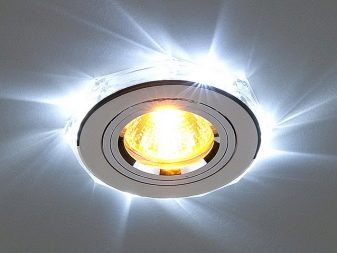
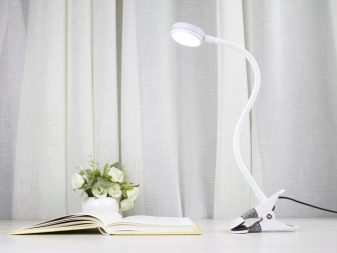
All LED luminaires can be divided into 2 large groups: ceiling and furniture, each of these groups also has its own classification. So, ceiling spotlights can be divided into several subgroups for mounting:
- Embedded models. Such lamps are mounted in suspended ceiling structures, they can be located in the form of various patterns, geometric shapes - everything will depend only on the owner's imagination and the style of the room.
- Ceiling linear luminaires. Such options are used for uniform illumination of sufficiently long rooms.
- Pendant lights. Used to illuminate rooms with high ceilings, they will become a highlight of minimalism or hi-tech style, among other things, this type of lamps can be attached to a clothespin to the ceiling beam. Pendant luminaires also include so-called spots, in addition to being classic pendant models, they also have a swivel function that allows you to adjust the angle of dispersion and the point of illumination.
- A ceiling spotlight can also include tablet lamps. Tablets are flat round-shaped luminaires, the fixing of which is also recessed into the ceiling.
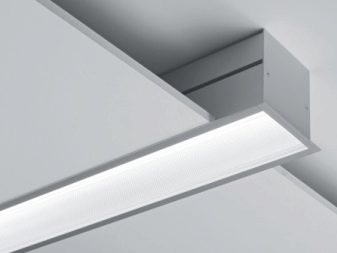
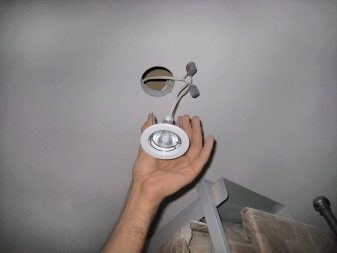
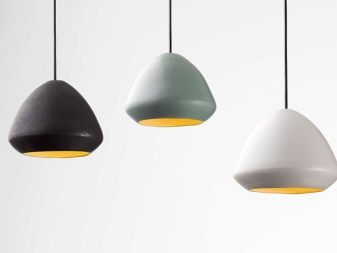

Furniture lamps are also divided into subgroups according to the type of installation, they can be:
- built-in;
- invoices.
In addition, portable models that operate from alternative power sources are often used as a backup light source. For example, a wireless model with batteries is the most popular among other models of this type.

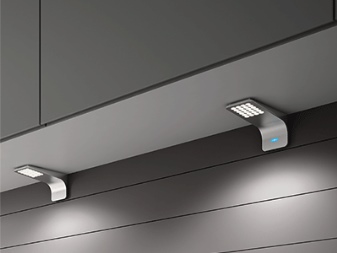
Appointment
By designation, all LED light sources are divided into options:
- For an apartment. In this case, they can be used both in standard ceiling or wall lamps, and in furniture. So, ceiling ceilings can be installed in the structure of stretch ceilings in a room for any purpose, including a bathroom, however, here you should pay attention to models with special moisture protection. In various furniture, mortise room lamps with diodes are one of the most common occurrences. Kitchen hoods are also usually equipped with this type of lighting.
- For industrial premises. These lamps usually have a lower color rendering index and an anti-vandal structure, therefore they are used in hospitals, schools, offices and industrial premises.
- For the street. Most often they are used for street lighting, therefore they have maximum protection against dust and moisture. In addition, these LEDs have a longer lifespan. Certain types of street lights, such as portable floodlights, have been successfully used by photographers for photography.
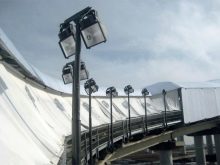

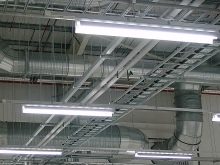
Manufacturers rating
It is not easy to make a rating of LED lamps today, because it is too difficult to divide them into good and bad. There are tons of shades out there, and if one is good at one characteristic it may not necessarily be as good at another.
However, we can say that the highest quality models that meet almost all the needs of a modern user are supplied by European manufacturers. Their only drawback is the rather high cost. Osram can be called one of the leaders of the European market, a little lower in cost, but with acceptable quality. Wolta.
The SvetaLed company stands out among Russian manufacturers. This company is engaged in a full production cycle.In addition, in Russia there are several companies that develop drawings of future lamps, after which they are sent to China, and already there the structure is assembled at the plant. These companies include quite popular today Navigator, Feron, Gauss. These goods have a cost much lower than others, however, and the quality does not always meet all the requirements, and here, as they say, how lucky. Therefore, it is impossible to focus only on the ratings and popularity of models in this case, you just need to try and find the most suitable option.
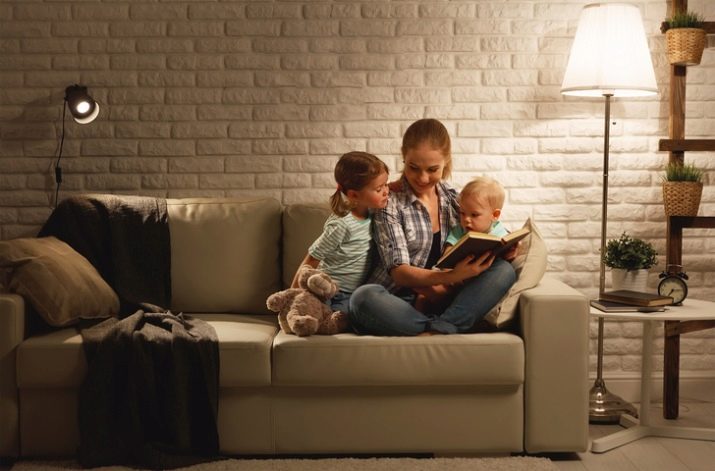
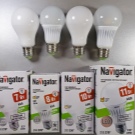
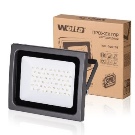

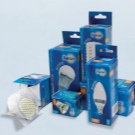
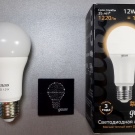
How to choose the right LED for your home?
Having weighed all the pros and cons regarding LEDs, the decision was made in favor of LEDs, how to choose them?
First of all, you need to decide on the required power. It should be remembered that the power of LEDs is 8-10 times lower than that of an incandescent lamp, while the light beam will be identical in brightness. Therefore, for ceiling lighting, it is advisable to use models with a power of 8-10 W, for sconces and wall lamps, the ideal power is 6 W.
Next, you need to focus on the selection of the desired color temperature and the importance of maximum color rendering. Warm white light is ideal for the home. This shade is able to create a cozy atmosphere, so it is perfect for a bedroom, living room or kitchen. It is better to use a cool white color to illuminate offices, it will stimulate brain activity, add vigor and set you in the working mood. In this case, it is recommended to choose a color rendering index of at least 80.
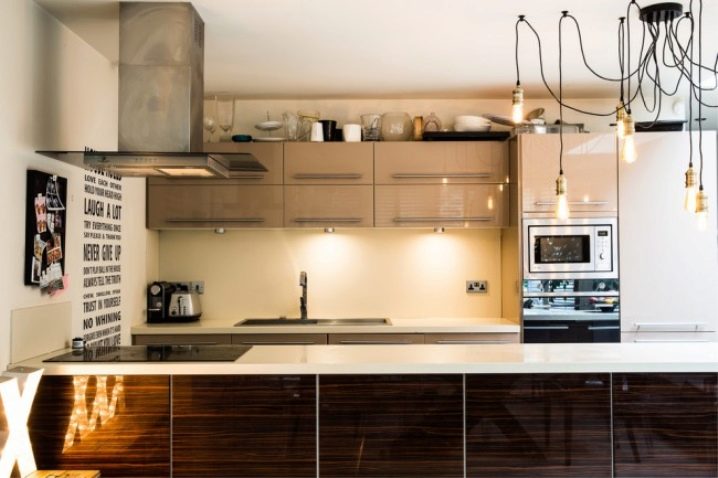
All luminaires have holders of various shapes, therefore, when choosing a suitable model, you should pay attention to the type of base. The most common type that fits most luminaires is the screw base. It is designated in the markings as base E. In addition to the type of base, it is necessary to choose the correct size. It is designated by a number equal to the measurement of the base diameter in millimeters. The standard size is E27, however, today more and more manufacturers are using E14 for more interesting design solutions in their lamps.
Spotlights usually have a slightly different cartridge arrangement and therefore it is necessary to choose models with a GU type base for them. Their size is determined by the distance between the base contacts. In order not to be mistaken with the choice of the base, it is recommended to remove the existing lighting element and go to the store with it, so that the selection is as convenient and correct as possible.
Checking the lamp before buying is also necessary in order not to mistakenly buy a narrow-beam light source, unless, of course, this was the original purpose of the purchase.
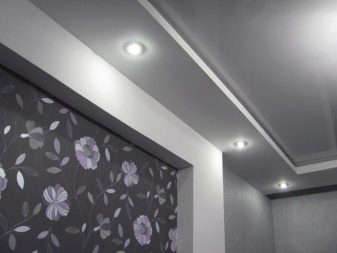
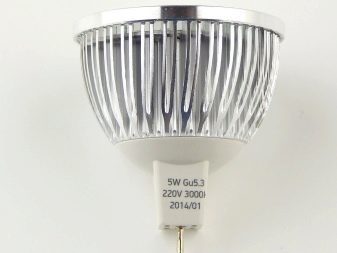
Recycling lighting
- LED lamps are the safest possible source of lighting. They do not contain mercury, heavy metals, poisonous gases. In addition, LEDs provide low power consumption, have a sufficiently long service life and have no special requirements for disposal.
- Disposal of LEDs is carried out according to the scheme of utilization of household waste. The plastic case will be recycled. The base will be crushed and then it will continue on in the production of building materials and glass-containing products. In addition, during disposal, LEDs do not require special transportation, since they do not emit toxic substances. Disposal protection is also not required.
Based on all of the above, we can say with confidence that the use of LEDs allows not only to save the budget for saving energy, but also to make our own contribution to preserving the environment.
You will learn more about LED lamps in the following video.













The comment was sent successfully.